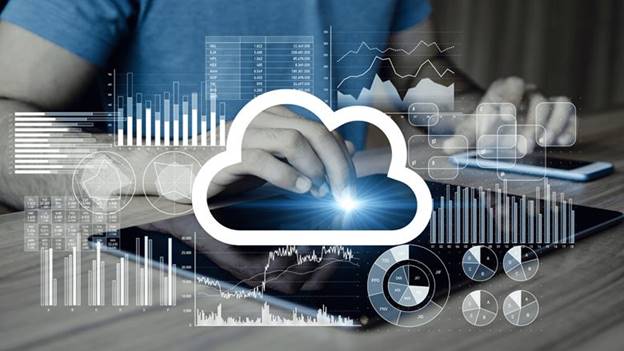Small and medium enterprises (SMEs) today depend on digital technology to run their businesses. Disaster recovery and business continuity planning are an essential component of preparing your business for a disaster and ensuring it can keep operating should something go wrong.
Malware, load shedding, hardware failures and disasters such as floods and fires are just a few ways that you can lose access to your computer systems and the valuable data they contain. The consequences can be dramatic, including disruption of business operations and cash flow, long term loss of customers, permanent loss of business-critical data and high costs to repair and restore systems.
Disaster recovery versus business continuity
The terms ‘disaster recovery’ and ‘business continuity’ are sometimes used interchangeably. Although they are closely linked, they don’t mean the same thing. Disaster recovery refers to the recovery of your IT systems and data in the event of an unforeseen event. It’s a plan to get your network, computers applications, and other IT components to keep functioning when something goes wrong.
Business continuity, on the other hand, is about ensuring that your business can continue operations following a disaster such as a fire, pandemic or a cyber-attack. ICT is an essential element of business continuity, but there are also other components such as procedures for your team to follow, alternative places to work when the office isn’t accessible, and communication plans for customers and colleagues.
The role of the cloud
To ensure continuity and recovery in the past, businesses would need to take burdensome steps such as running a second server room offsite and mirroring their data to that site. Smaller businesses would have needed to back their data up to an external hard drive. It was not unusual for employees to forget to back up their data or to lose hours of work due to a hard drive failure or a power outage.
The advent of the cloud has changed this. SMEs that still prefer to manage their own data centres can choose from a range of storage, backup and disaster recovery-as-a-service options that enable them to seamlessly and automatically back their data up to the cloud. This significantly reduces the costs and operational overhead of maintain a redundant and resilient ICT infrastructure.
These days, it’s not necessarily enough to have one set one set of backups. The recommendation is for SMEs to ensure they have separate backups in case of a ransomware attack. Ransomware attackers target backup systems first to prevent you from restoring your data. Best practice is to create three copies—two onsite, one offsite—to ensure the business can recover from an attack.
SaaS and continuous operations
We are also increasingly seeing SMEs opt to move their entire ICT setup to the cloud. They are, for example, leveraging cloud-based infrastructure-as-a-service (IaaS) and software-as-a-service (SaaS) packages that automate data backup. The benefit of this approach is that most cloud providers have invested in levels of security and uptime no SME could achieve on its own.
Insurance for your operations
Due to the high costs and complexity of redundant backups and systems in the past, many SMEs were reluctant to make heavy investments in disaster recovery. But backup as-a-service, remote backup and cloud-based software mean that you can safeguard your business operations at an affordable cost. There is no reason to take the risk of losing production or data anymore.

